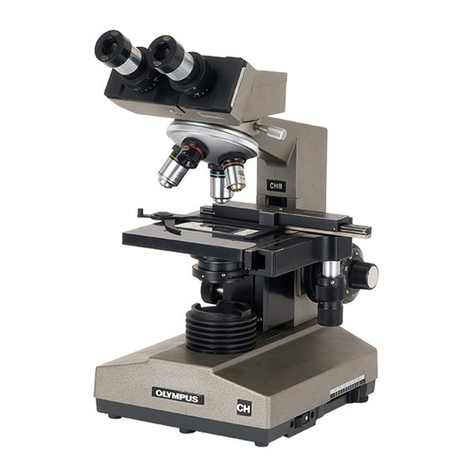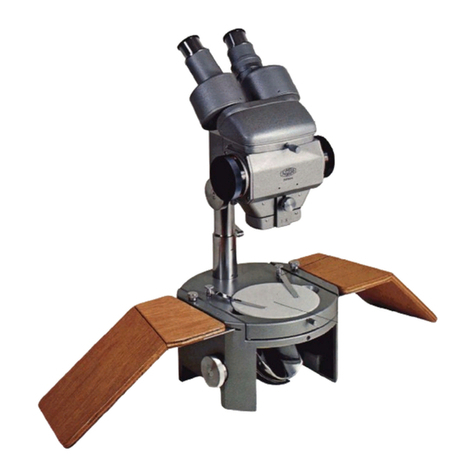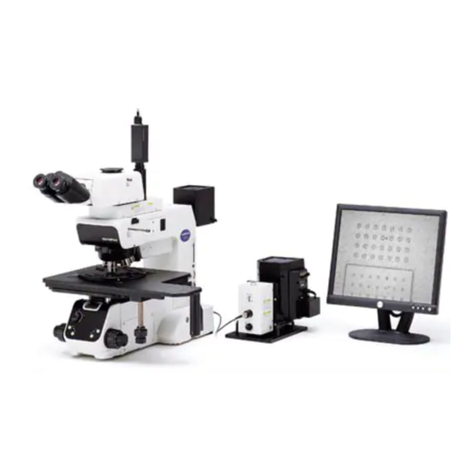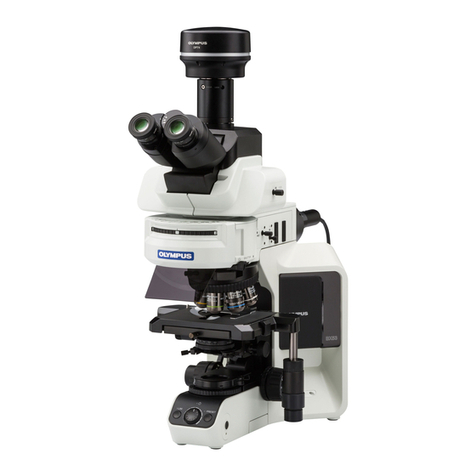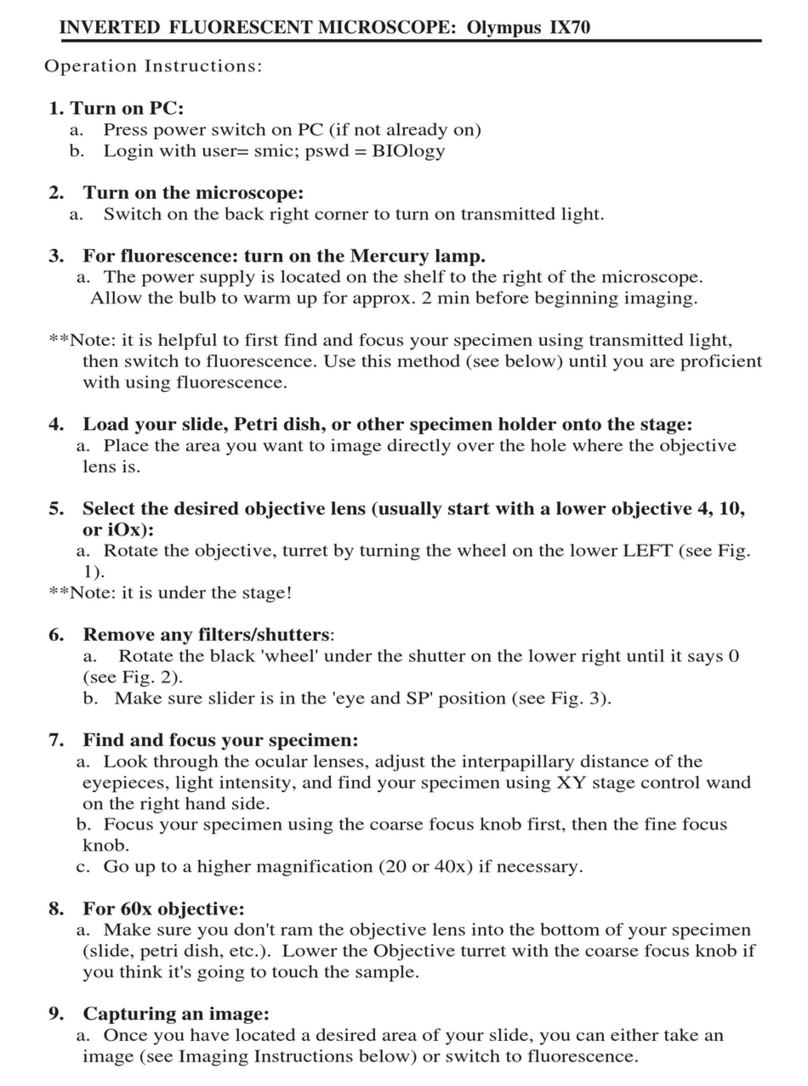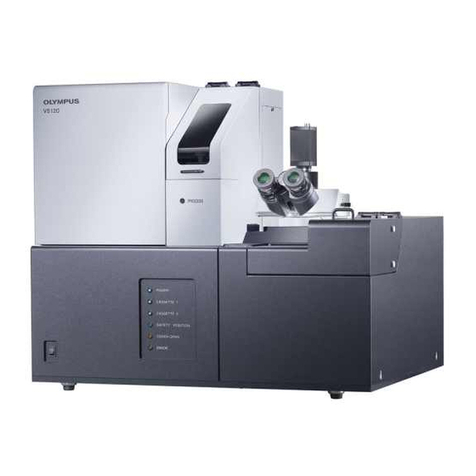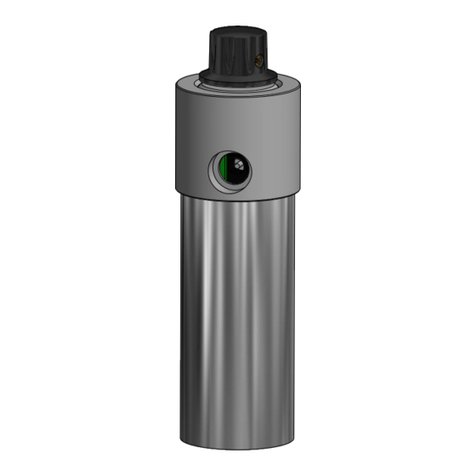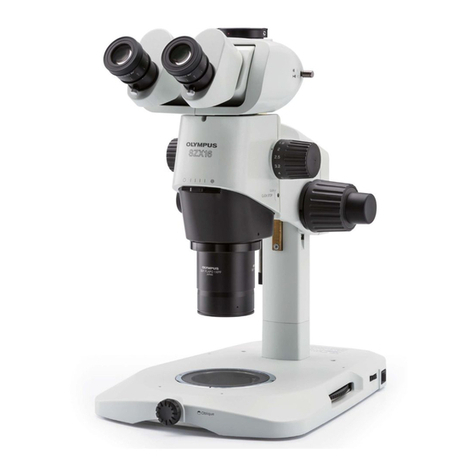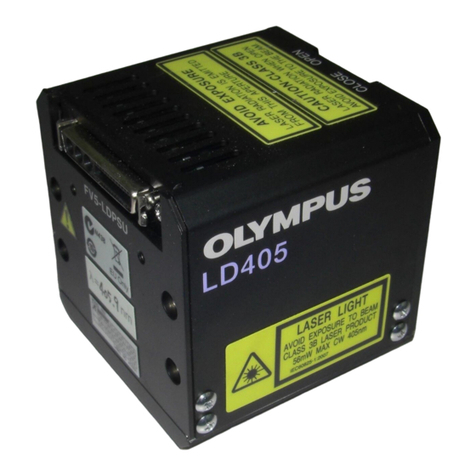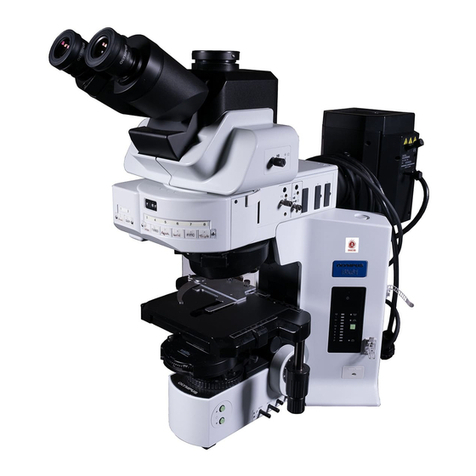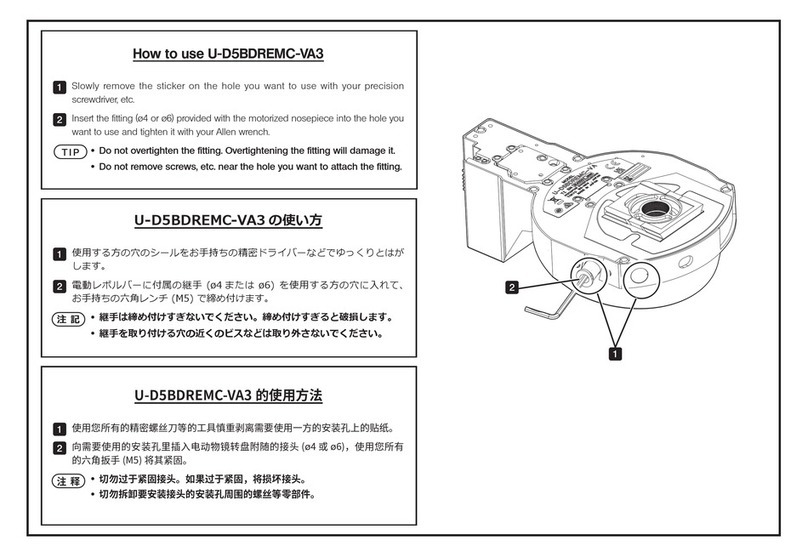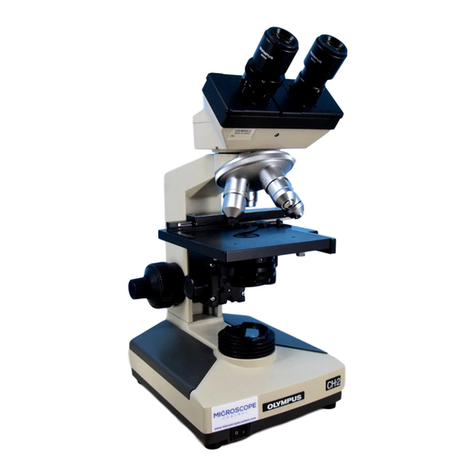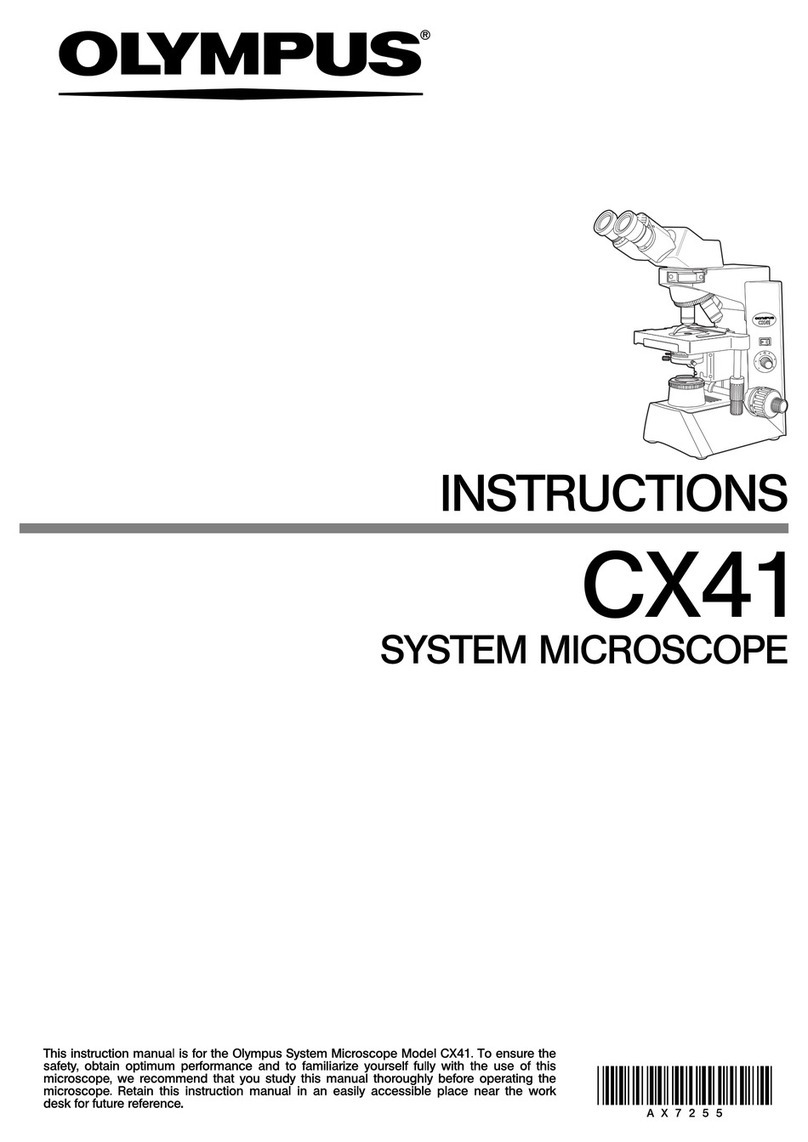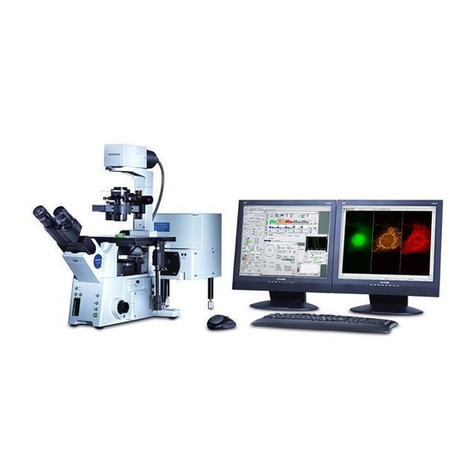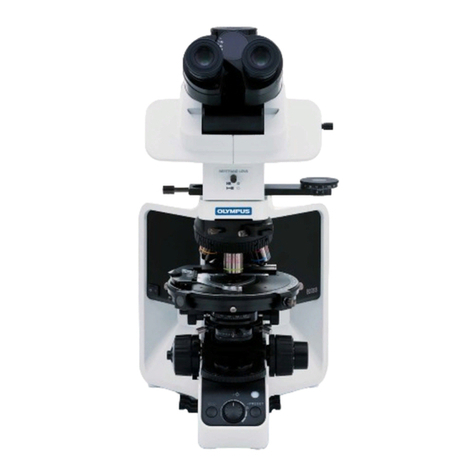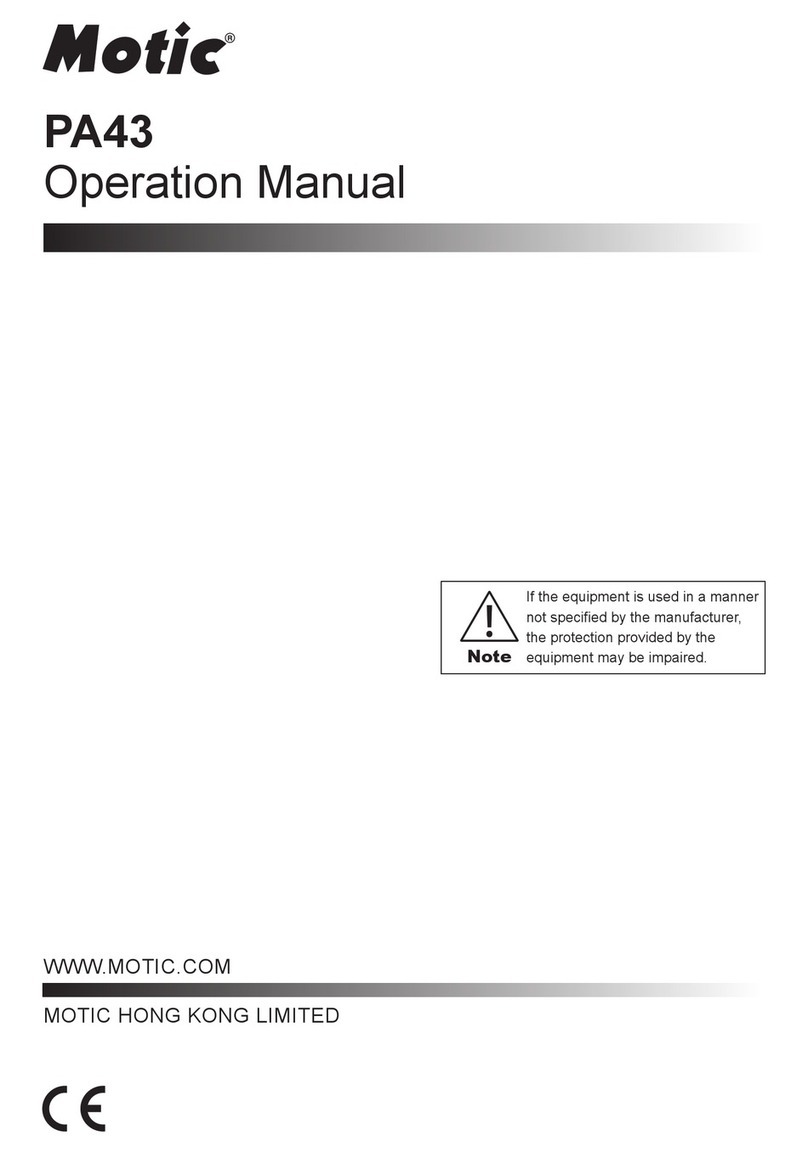2
SAFETY PRECAUTIONS
b
a
1. If potentially infectious samples may be observed, use protective
gloves or other protective means to prevent the skin from contacting
with samples directly.
After observation, be sure to clean the portion contacted with
samples.
• Moving this device is accompanied with the risk of dropping the
samples. Be sure to remove the samples before moving this device.
• In case the samples are damaged by erroneous operation,
promptly take the infection prevention measures.
• Follow the procedures described in "Handling Precautions" (see
page 6) prior to using the accessories of this device. Otherwise,
the stability of the device will be lost and the dropped samples
will cause the possibility of infection.
• When you maintain the device which may have contacted with
potentially infectious samples, be sure to wear protectors such as
gloves, or clean the device prior to operation.
• Before disposing of the device contacted with potentially infec-
tious samples, be sure to follow the regulations and rules of your
local government.
2. Be careful not to have your hand caught between the bottom of the
revolving nosepiece and the microscope frame.
3. The microscope is not provided with a waterproof mechanism.
Therefore, if culture liquid or water is spilt on the stage, revolving
nosepiece or microscope frame, damage to the equipment or an
electrical shock may result. Immediately wipe the liquid or water off if
it is spilt on them.
4. The microscope is not provided with a dust-proof mechanism.
5. Install the microscope on a sturdy, level table or bench.
6. When moving the microscope, remove the modules that may drop
including the specimen from the microscope in advance, then care-
fully carry the microscope frame by holding the base (front edge) a
and the grasping part below the illumination column b.
7. When carrying the microscope to a different place, it is also recom-
mended to disconnect all cables and modules from the microscope
frame.
When transporting it, also engage the transport lock mechanisms
and package it sufficiently.
Also be careful against slipping of hands during carrying.
8. Damage to the microscope will occur if you grasp it by other parts
including the stage, focusing knob, etc.
9. This microscope is not equipped with laser safety mechanisms. The
user should assume liabilities for any consequence of user modifica-
tion including introduction of the use of a laser beam.
10.
If laser equipment is attached to the product you have purchased,
this Instruction Manual is not effective. Follow the Instruction Manual
provided with the laser equipment to be attached.
11 The surfaces of the lamp housing will become extremely hot dur-
ing operation. When installing the microscope, make sure to allow
ample free space (10 cm or more) around and in particular above
the lamp housing.
12. When installing the microscope, route the power cord away from the
lamp housing. Should the power cord come in contact with a hot
part, the power cord could melt and cause electric shock.
